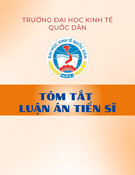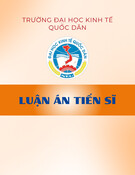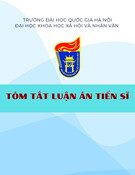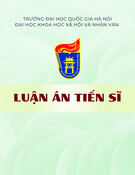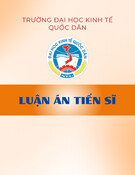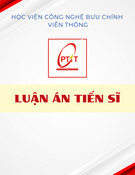
________________________________________________________________ iv
Acknowledgements
_____________________________________________________________________
This thesis has been completed with the guidance, encouragement and cooperation of
many people. First, I would like to thank Dr Robert Inbakaran, my friend, philosopher
and guide. I will forever cherish your fervent energy, the quest for knowledge and the
wisdom you have passed on to me. I also wish to note my deep appreciation for my
second supervisor Dr Mervyn Jackson the kindest person one can befriend, who
always had time for me with encouragement and the one who has taught me all that I
know about data analysis. Two other people who were not associated with the project
but were always there with support were Dr Raju Mulaye and Dr Prem Chettri. I will
forever remember you both for the clarity of thought and incessant encouragement.
I have nothing but praises for the Research Development Unit at the university
especially Ms Prue Lamont. Thank you for your efficient support.
I would like to thank my family for their encouragement, support and understanding.
Rashmi, my dear wife and a true friend, you have been wonderful through my journey
of learning and self actualisation. Tarika, my daughter and my sanity, thank you for
your prudent suggestions. I can see a potential human rights lawyer in you. Ritwik,
my son and my strength, you have the prudent disposition of a potential constitutional
lawyer. Thank you for letting me use the computer in your room at unearthly hours. I
would also like to thank my mother-in-law, Mrs Krishna Arora, for her
encouragement, support and blessings.






